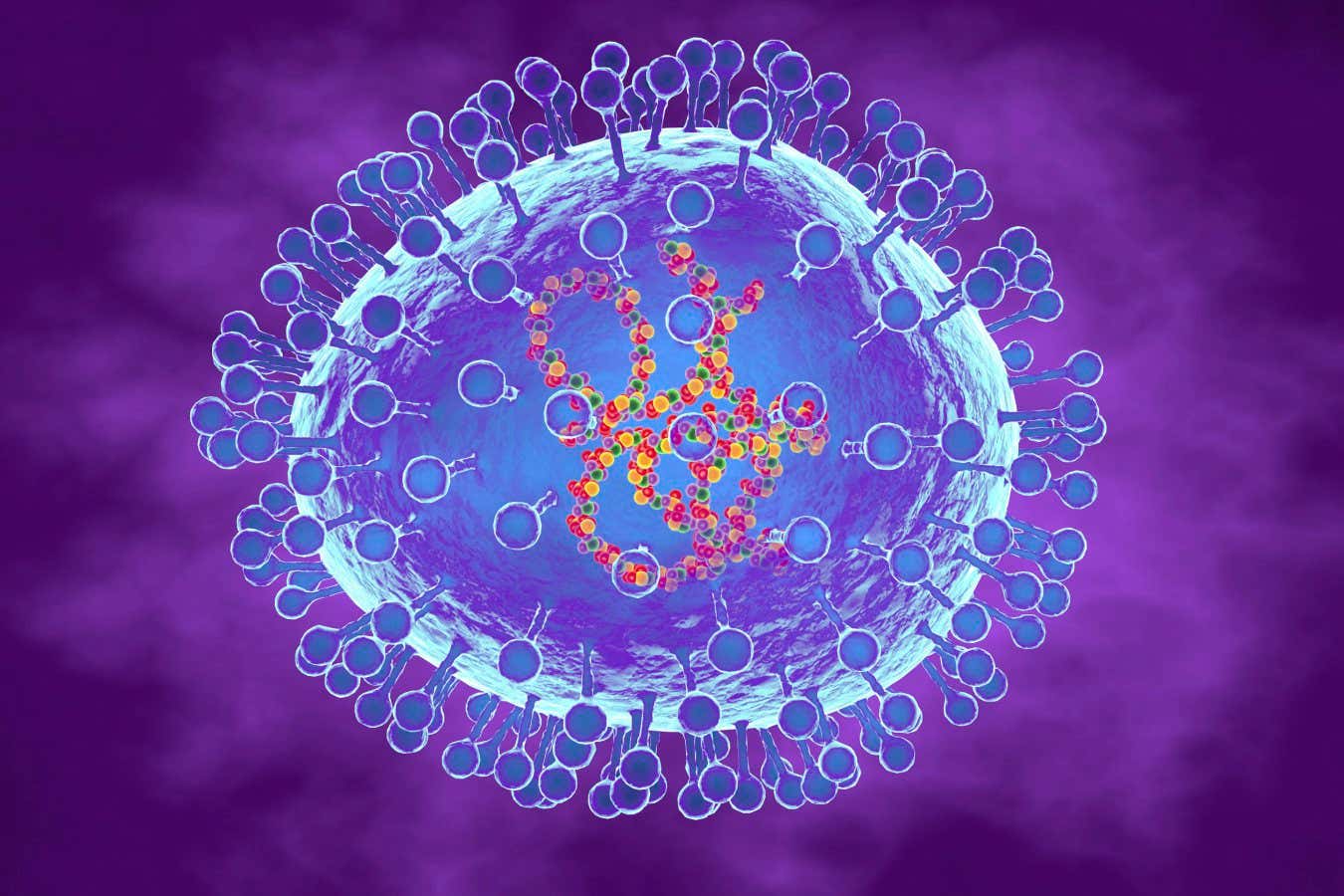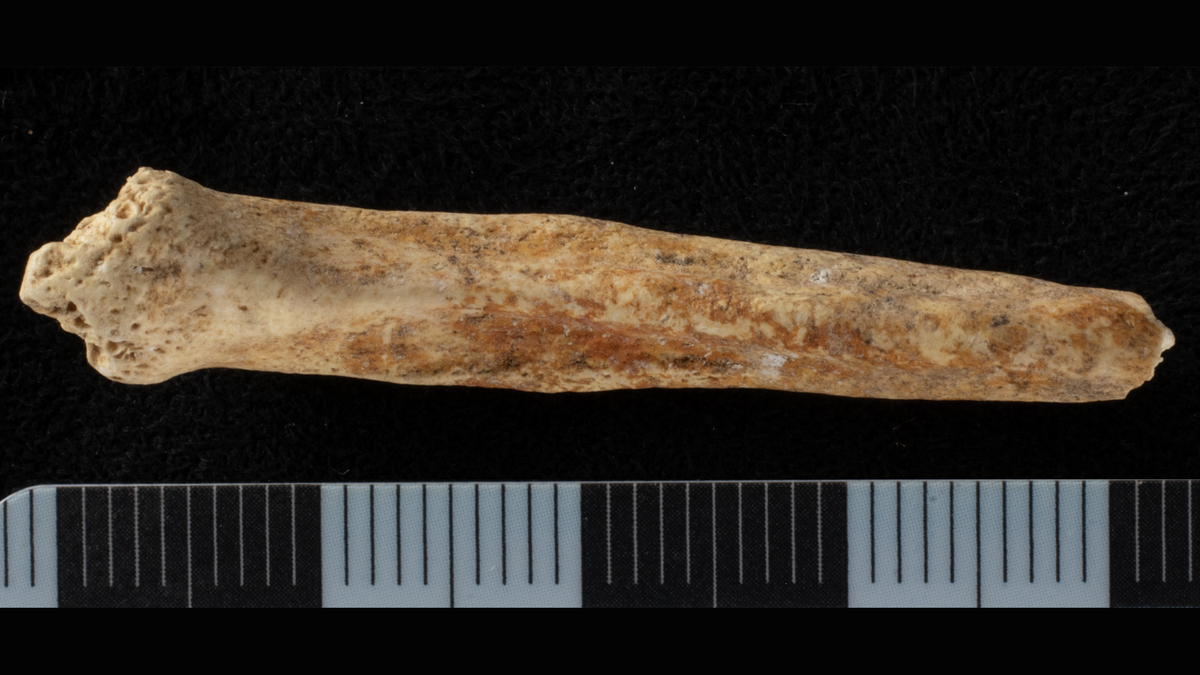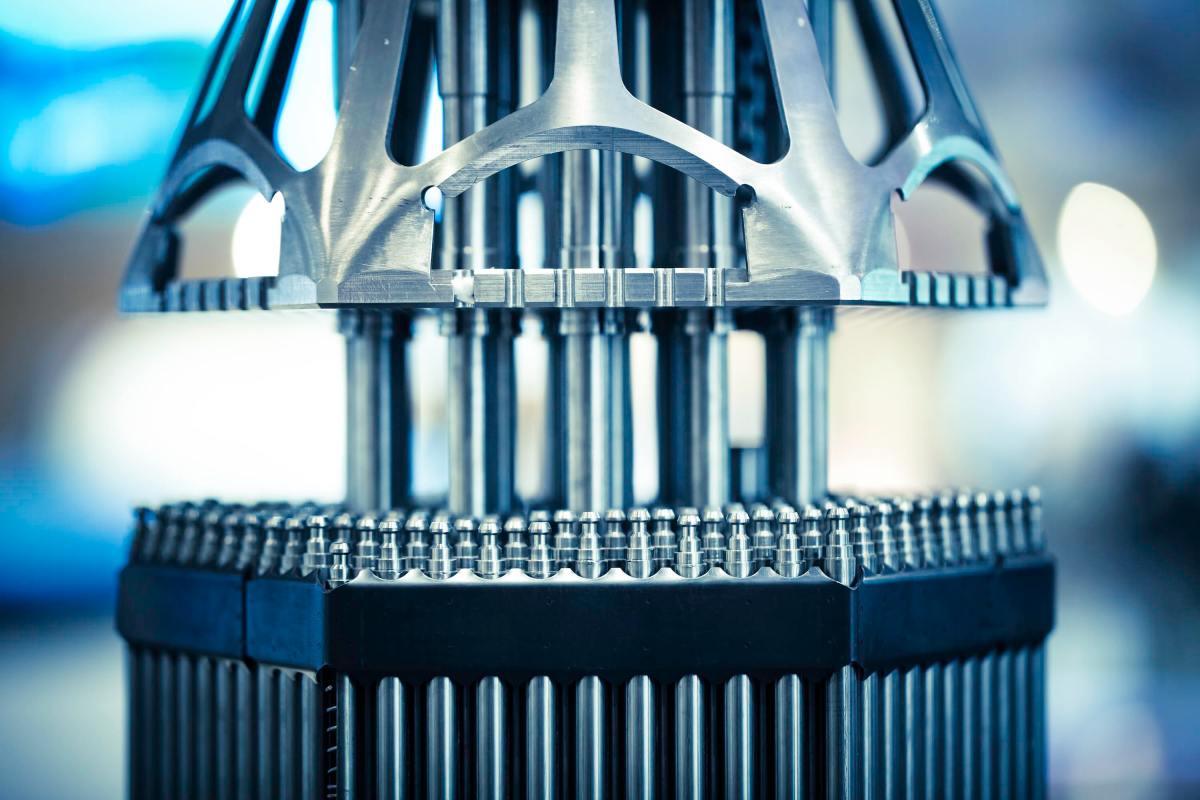
A new study has shed light on why severe COVID-19 can be so dangerous.
Researchers from top institutions, including Weill Cornell Medicine, Johns Hopkins Medicine, and others, found that the SARS-CoV-2 virus, which causes COVID-19, can severely damage mitochondria.
These tiny power plants in our cells are responsible for producing energy.
When they are harmed, it triggers a chain reaction that can harm organs and disrupt the immune system, contributing to the serious complications of the disease.
Severe COVID-19 is often linked to a condition known as a “cytokine storm.” In this state, the immune system goes into overdrive, flooding the body with signaling proteins that cause inflammation and damage, particularly in the lungs.
Using advanced techniques like RNA sequencing, the scientists examined samples from patients and animal models to explore what happens at a molecular level.
Their findings, published on November 27 in Proceedings of the National Academy of Sciences, showed that SARS-CoV-2 infection damages mitochondria in infected cells. This damage activates the immune system in harmful ways, fueling the cytokine storm.
One key pathway they identified involves the overactivation of a system called the renin-angiotensin-activation-system (RAAS), which normally helps regulate blood pressure.
When RAAS becomes overactive, it leads to abnormal blood clotting—a common and dangerous feature of severe COVID-19.
This overactivity also causes scarring in lymph nodes and impairs immune cells, which weakens the body’s ability to fight off infections.
Dr. Robert Schwartz, one of the lead researchers, explained, “Our study shows that early in severe COVID-19, mitochondrial damage drives RAAS overactivation. This, in turn, causes multi-organ damage.”
He also raised concerns that these processes might not fully return to normal after recovery from the acute illness, potentially contributing to the lingering symptoms seen in “long COVID.”
The team is now investigating whether the mitochondrial damage and immune dysfunction seen in severe COVID-19 continue to affect people long after their initial infection.
This research was supported by the National Institute of Allergy and Infectious Diseases and the Department of Defense. The findings open doors to new ways of understanding and potentially treating severe COVID-19 and long COVID by targeting mitochondrial health and the RAAS pathway.
If you care about COVID, please read studies about vitamin D deficiency linked to severe COVID-19, death, and how diets could help manage post-COVID syndrome.
For more health information, please see recent studies about COVID infection and vaccination linked to heart disease, and results showing extracts from two wild plants can inhibit COVID-19 virus.









Leave a Comment